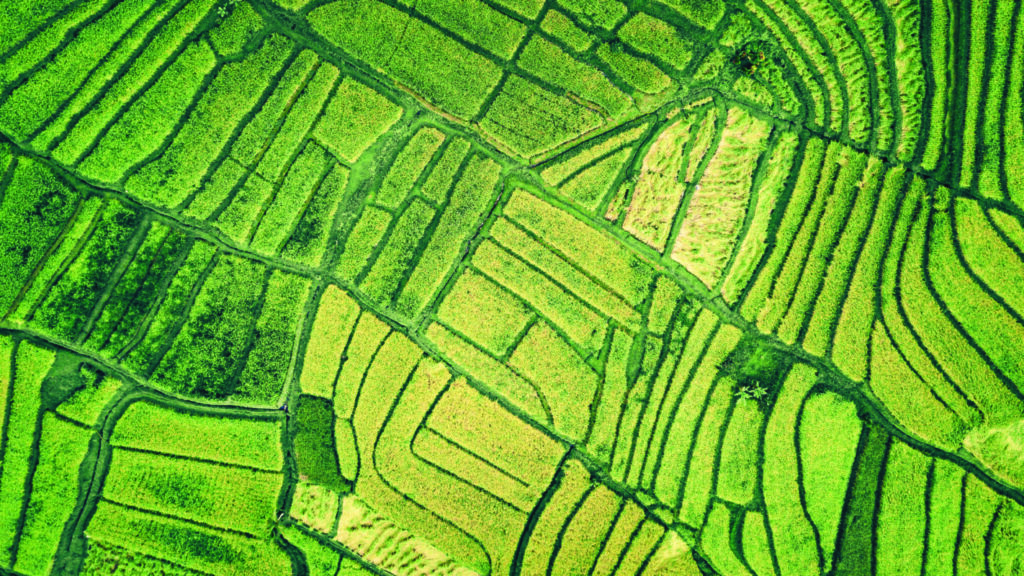
By Edwina von Gal
What happens when people are suddenly spending endless weekdays at home? They start seeing and hearing things in their garden. Good things, like birds returning and building nests, the full sequence of a flower from bud to bloom, and the way the trees all leaf out differently. And bad things, like the incessant sound of leaf blowers and mowers, and the teams coming to apply toxic chemicals and putting out those little yellow danger signs that your kids and pets can’t read anyway. We are all wound up about keeping our homes virus-free, but what happens when we get cleanliness-crazed in our landscapes? We douse them with “sanitizers.” I am sure you are careful about using safe cleaning products in your home, but do you know what is used to sanitize your lawn and garden?
What does clean actually mean in a garden, anyway? Isn’t sterile the opposite of fertile; the opposite of natural? How can a garden not be natural? Can a garden that is tightly controlled and heavily sprayed be healthier—for it, for you? I don’t think so. The typical ultra-tidy, clipped, cleared and chemically controlled landscape maintenance program exposes families and pets to toxic chemicals, pollutes drinking and recreational waters, and has led to a heartbreaking decline in our firefly, bee, butterfly and songbird populations.
Do you remember when smoking looked cool? A vast close-cropped lawn surrounded by meatballed shrubs is like a cigarette: bad for us, bad for the ecosystem, and no longer attractive. A super- scrubbed landscape is like the uptight, uncomfortable, and sometimes unhealthy fashions of the past. Why are so many of our landscapes still stuck there? Peer pressure and perception! The beauty of a landscape is in your mind; the beauty of a nature-based landscape is waiting for you to catch up with the times. Natural landscapes can move with the wind, age gracefully, and don’t need chemical drugs because they are healthy. Once you can see the difference between healthy and chemical-dependent, that old sanitary style doesn’t look so inviting anymore.
How does a nature-based landscape work? First of all, relax! Relax your approach, your attack on nature, and relax because you can do less and still have a deliciously green lawn and garden. Ditch the resource-intensive, controlling approach and spend this crazy at-home time getting to know your place and what it needs. Be a good partner to it; let it alleviate any eco-anxiety you might be feeling.
Nature-based is about good practices, not products—like the difference between diet and exercise, and pills. It is quite simple, but it does require paying attention, like good parenting. Chemical-free lawns, for example, are longer and thicker, which makes them naturally resistant to weeds and diseases. The basic practices are proper mowing (3.5 inches high; leave the clippings) and smart watering (seldom and deep; not at all in spring; one to two times per week for 45 to 60 minutes in hot, dry weather). Healthy, hip lawns contain clover, which fixes nitrogen (changing it into a stable form) from the air (free plant food) and announces to friends that your lawn is safe for kids and pets—and it’s emitting less carbon, too.
Replace the areas of lawn you aren’t using with native plants that require little to no extra care (they evolved there just fine without us) and just keep on going further with your commitment to your place, your health and your happiness, not to mention butterflies and songbirds. What better time than now? For information on nature-based practices that transform your landscape to a toxin-free zone, visit perfectearthproject.org.



